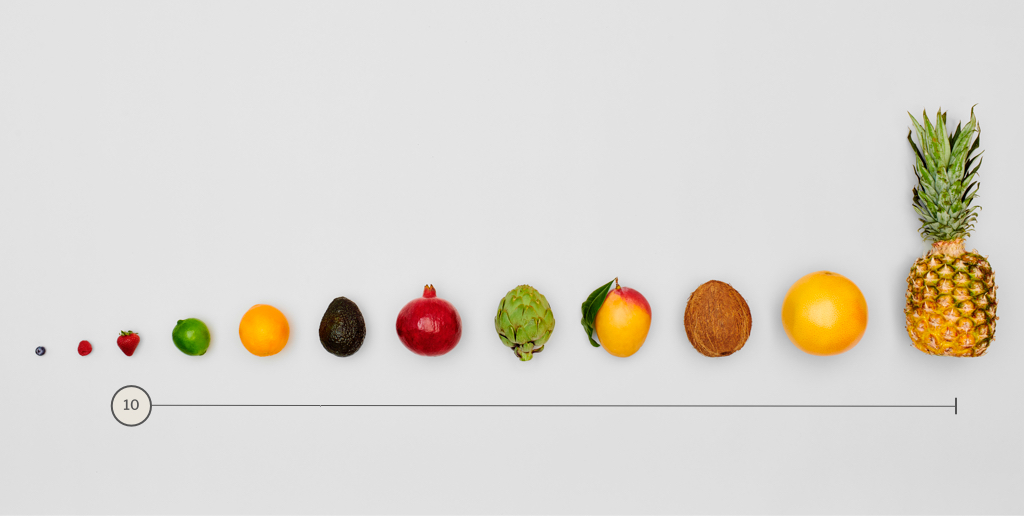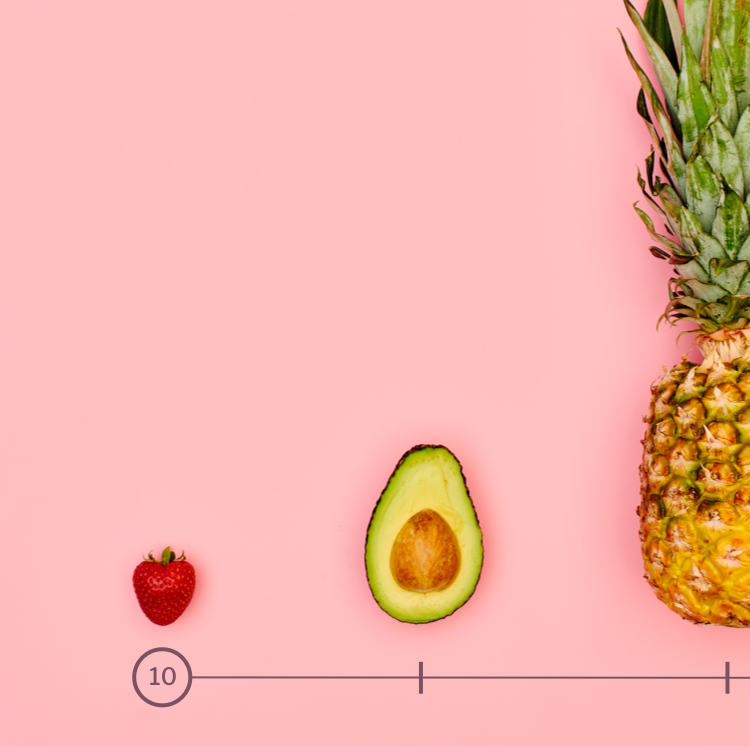There's never been a better time to be pregnant.
Don't just size up your baby. Size up their genetic health risks with noninvasive prenatal testing (NIPT) as early as week 10.


What is NIPT and when is it done?
NIPT is a genetic screening test that can tell you about the genetic health risks of your pregnancy.1
It's safe
NIPT is a simple blood test that looks at DNA from the baby that is circulating in the mother’s blood.1
It's accurate
NIPT is the most accurate prenatal aneuploidy screening test available.1-5
Its use is supported by medical professional societies
NIPT is now endorsed in the US by the American College of Obstetricians and Gynecologists and Society for Maternal-Fetal Medicine for all pregnancies regardless of age or risk. The International Society of Prenatal Diagnosis and the American College of Medical Genetics and Genomics also support its use.1-3


How does NIPT work?
Your blood contains fragments of DNA known as cell-free DNA (cfDNA). During pregnancy, a woman’s blood will also contain small fragments of DNA from the baby.6
With a simple blood test, NIPT can noninvasively detect DNA from your baby to determine whether there is an increased or decreased risk of certain genetic conditions.1,6
NIPT is a screening test; it is not diagnostic. Results should be confirmed by diagnostic testing prior to making any pregnancy management decisions.
References
- American College of Obstetricians and Gynecologists. Screening for fetal aneuploidy. Practice Bulletin No. 226. Obstet Gynecol. 2020;134(4):1-22.
- Benn P, Borrell A, Chiu RWK, et al. Position statement from the Chromosome Abnormality Screening Committee on behalf of the Board of the International Society for Prenatal Diagnosis. Prenat Diagn. 2015;35(8):725‐734. doi:10.1002/pd.4608.
- Gregg AR, Skotko BG, Benkendorf JL, et al. Noninvasive prenatal screening for fetal aneuploidy, 2016 update: a position statement of the American College of Medical Genetics and Genomics. Genet Med. 2016;18(10):1056-1065.
- Bianchi DW, Parker RL, Wentworth J, et al. DNA sequencing versus standard prenatal aneuploidy screening. N Engl J Med. 2014;370(9):799‐808.
- Chudova DI, Sehnert AJ, Bianchi DW. Copy‐number variation and false positive prenatal screening results. N Engl J Med. 2016;375(1):97-98.
- Gil MM, Accurti V, Santacruz B, Plana MN, Nicolaides KH. Analysis of cell-free DNA in maternal blood in screening for fetal aneuploidies: updated meta-analysis. Ultrasound Obstet Gynecol. 2017;50(3):302-314.